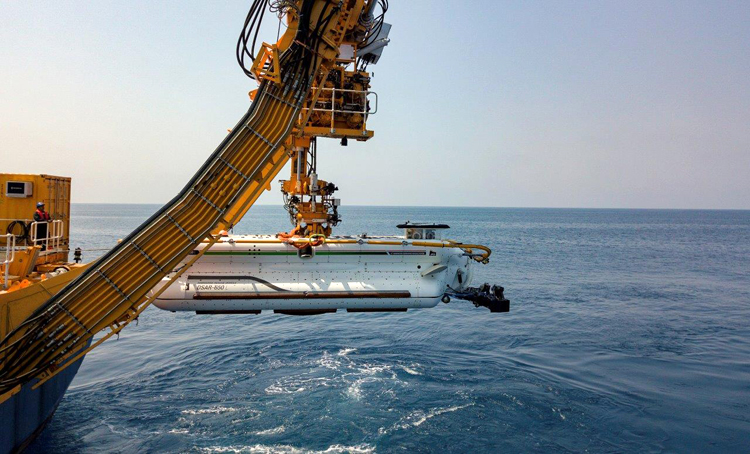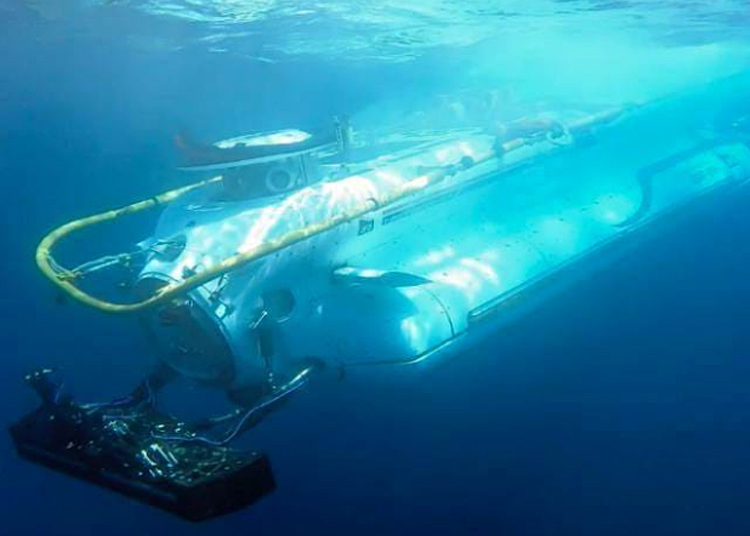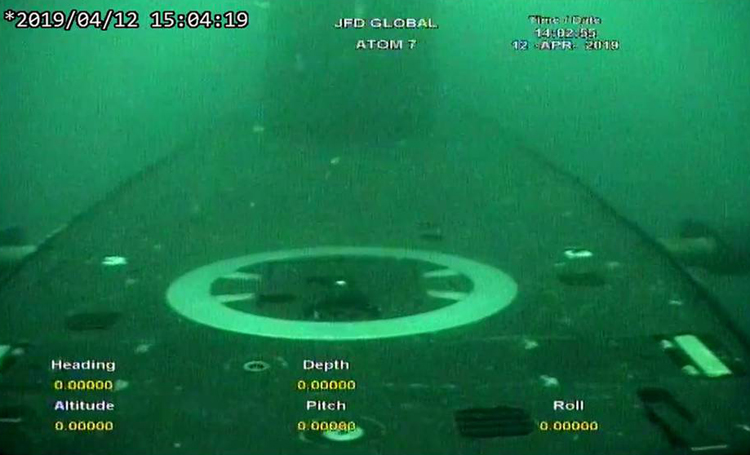INDIAN ARMED FORCES CHIEFS ON
OUR RELENTLESS AND FOCUSED PUBLISHING EFFORTS

SP Guide Publications puts forth a well compiled articulation of issues, pursuits and accomplishments of the Indian Army, over the years

I am confident that SP Guide Publications would continue to inform, inspire and influence.

My compliments to SP Guide Publications for informative and credible reportage on contemporary aerospace issues over the past six decades.
Indian Navy demonstrates submarine rescue capability off Eastern seaboard
Newly-acquired DSRV mates with Kilo class submarine in a simulated distress scenario at the bottom of the sea, brings 30 'trapped' submariners to the surface safely

The Indian Navy on June 2 demonstrated a submarine rescue capability with a recently acquired Deep Submergence Rescue Vessel (DSRV).
The newly constituted Submarine Rescue Unit on the Eastern Seaboard successfully lowered the DSRV to the bottom of the sea off Vizag for a mating exercise with a Kilo class submarine, INS Sindhudhvaj, which simulated a submarine in distress at an estimated depth of about 100 metres.
After mating with the hatch of the INS Sindhudhvaj, about 30 personnel from the submarine were successfully transferred on to the DSRV and safely surfaced thereafter to validate this new capability.
Two DSRVs were inducted by the Indian Navy into Submarine Rescue Units based in Mumbai and Vizag in December 2018 and April 2019 respectively. These were acquired from UK's James Fisher Defence for an estimated £193 Million.
The crane with which the DSRV was lowered was mounted on a privately-owned "opportunity ship" which was available for the validation exercise. A similar capability demonstration has also reportedly been done off India's Western seaboard.

"The entire evolution was done by the Indian crew and marks the culmination of the training phase on the East Coast," the Indian Navy spokesperson declared on Twitter on June 5, terming the new capability as "historic". India is the first country in the Indian Ocean Region (IOR) to acquire this capability, and only the seventh after the P5 countries and Japan. Earlier, it was dependent upon the US for rescue of is submariners through a special arrangement between the two countries.
While the Indian Navy spokesperson did not reveal the depth at which the submariners' rescue was simulated in the Bay of Bengal, this DSRV during trials is known to have dived up to 666 metres, which is a record for the deepest submergence by a 'manned vehicle' in Indian waters. The Remotely-operated Vessel (ROV) with this DSRV was tested at 750 metres, and the detection sonar at a depth of 650 m. These were all firsts for the Indian Navy.
"The submarine hatches on which the mating was carried out has been certified by the IN Submarine Designer i.e. DND (SDG). This is also a skill that has been newly acquired by the Indian Navy. The live mating exercise is a historic achievement towards DSRV integration into the Indian Navy and would pave the way for the Indian Navy to emerge as a Submarine Rescue Provider in the IOR," the spokesperson added.

Two DSRVs were inducted by the Indian Navy into Submarine Rescue Units based in Mumbai and Vizag in December 2018 and April 2019 respectively. These were acquired from UK's James Fisher Defence for an estimated £193 Million.
The entire evolution done by Indian crew, marks the culmination of the training phase. This newly acquired skill by #IndianNavy & live mating Ex is a historic achievement towards DSRV integration into the IN & would pave way for IN to emerge as a Submarine Rescue Provider in IOR. pic.twitter.com/7bOFfW0TjJ
— SpokespersonNavy (@indiannavy) June 5, 2019
While the Indian Navy spokesperson did not reveal the depth at which the submariners' rescue was simulated in the Bay of Bengal, this DSRV during trials is known to have dived up to 666 metres, which is a record for the deepest submergence by a 'manned vehicle' in Indian waters. The Remotely-operated Vessel (ROV) with this DSRV was tested at 750 metres, and the detection sonar at a depth of 650 m. These were all firsts for the Indian Navy.
The DSRV can rescue up to 14 persons in one dive. Its side scan sonar is used to locate the submarine in distress. It latches on or 'mates' with the entrance hatch of the submarine for the transfer of the personnel from a distressed submarine. Its ROV is capable of posting emergency life support containers to the stricken vessel.
The contract with James Fisher Defence also includes launch and recovery systems (LARS) equipment, Transfer Under Pressure Systems, logistics and support equipment, and a 25-year all-inclusive maintenance of the DSRVs.





